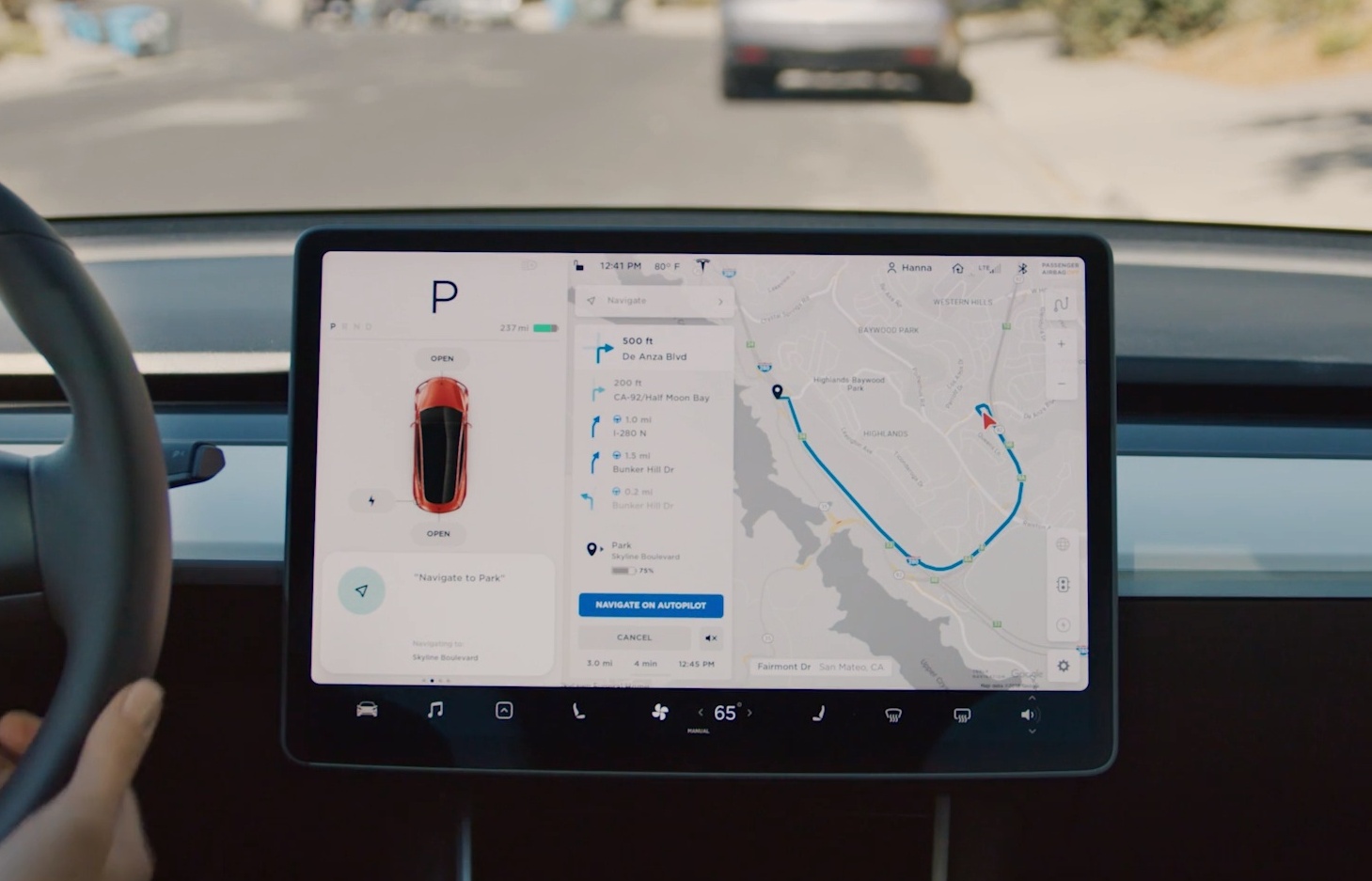Automakers’ Labor Day incentive blitz helped lift August sales by 6 percent over last year and pushed the seasonally adjusted annualized sales to 17.5 million over the 16.6 million expected by analysts. According to Autodata, industry spending on incentives has climbed by an average of 5.5 percent per vehicle, with the biggest increase in these programs coming from luxury makes. But for now, the party is over as many of those rebate and 0-percent finance programs expired September 2. So, if you opted for that holiday barbeque over spending the three day weekend cruising dealership lots, your best course of action if you’re in the market is to wait and see which programs are extended or renewed.
For the manufacturers, this is a week to tally up sales, look at inventory levels and figure out which models need help and which ones did pretty well on their own with minimal incentives. Right now, thanks to gas prices that have been stable at about $3.50 per gallon nationally, full-size pickup and SUV sales have been strong. As a result, these premium priced vehicles have been pushing up the average new car transaction price, which according to Kelley Blue Book data, was $32,495 for August, a gain of $851 over last year. New full-size SUVs from Chevrolet and GMC saw gains in their transaction prices, as did Ram trucks and Jeep models.
What’s Hot
Trucks will continue to be a hot commodity going into the fall selling season, especially with the much anticipated launch of an all-new 2015 Ford F-150 and the mid-size 2015 Chevrolet Colorado and GMC Canyon pickups. In fact, GM says that it has more orders in hand from its dealers than expected for the new Colorado and Canyon. GM told Automotive News that Chevy dealers have ordered 28,000 of the pickups, while GMC stores asked for 14,000, about a fivefold increase over initial estimates. The initial surge in orders is nearly half of the top end estimate of just over 90,000 combined sales for the pair in 2015.
Also: The Class of 2015 — New Vehicles Ready to Roll
With strong anticipated demand for both the all-new F-150 and the surge in dealer orders for the Colorado and Canyon, it’s likely that not only will there be no incentives on these all-new vehicles when they bow, but also that the mix of vehicles will likely include more equipment and thus higher transaction prices than the base MSRPs. If you are deal hunting, you might look to find a 2014 Ford F-150 as the automaker looks to clear out stocks of existing vehicles or shop aggressive competitors like Ram, which has bumped up incentives in order to grab a larger share of the pickup market. This summer the Ram accounted for 21 percent of the full-size market, up from 18.5 percent a year earlier.
What’s Not
While trucks are on a roll, family sedans and alternative vehicles like hybrids and EVs continue to struggle in the marketplace, the latter due to the aforementioned stable gas prices. Among family cars, both the Buick LaCrosse and Ford Taurus saw a 36-percent decrease in monthly sales over the previous August, while the Chevy Impala and Chrysler 300 saw respective drops of 26 and 17 percent. Dodge‘s Charger, which has been facelifted for 2015, saw a slight increase in August sales.
Among EVs, both Tesla Model S and Nissan Leaf have seen year-to-date sales growth (the Model S through August sold 16,830 versus 15,757 in 2014, and Leaf is at 18,941 for the first 8 months versus 14,123 a year earlier). But among hybrids, Chevy Volt’s August sales of 2,511 represent a 25 percent drop from a year earlier, while Toyota‘s Prius is down 14 percent. If sales of hybrids and EVs continue to lag, look for new incentives to pump up sales as manufacturers need the fuel economy credits from these vehicles to meet Corporate Average Fuel Economy requirements.
Interest rates tick up
With the expiration of many of the 0-percent interest rate incentives from manufacturers, the rates for financing cars will become a greater concern among buyers. Bankrate.com notes that the average loan rate is up one basis point over the past week to 4.04 percent for a 60-month loan and 3.99 percent for a 48-month contract. A 36-month used car loan averages 4.72 percent. This slight increase reverses a previous drop from a high of 4.14 percent at the end of July.
Popular at KBB.com
10 Best Sedans Under $25,000
10 Best SUVs Under $25,000
The 40 MPG Cars of 2014

-180.jpg)








